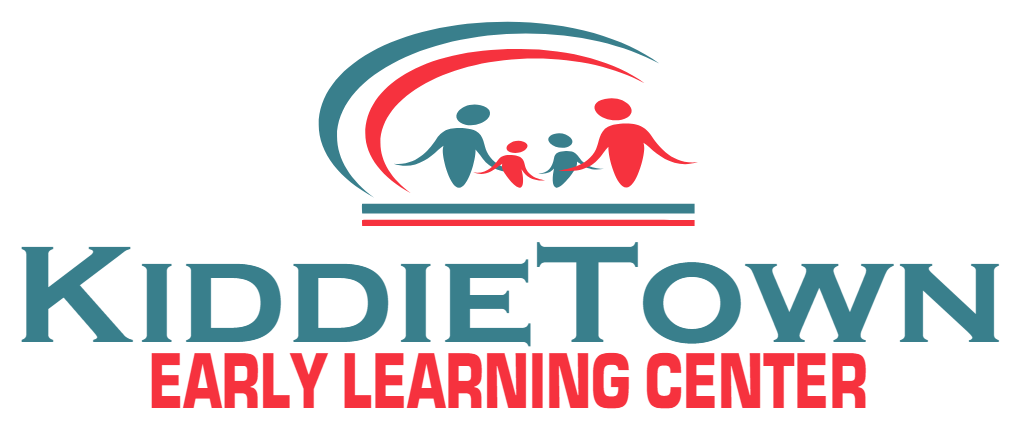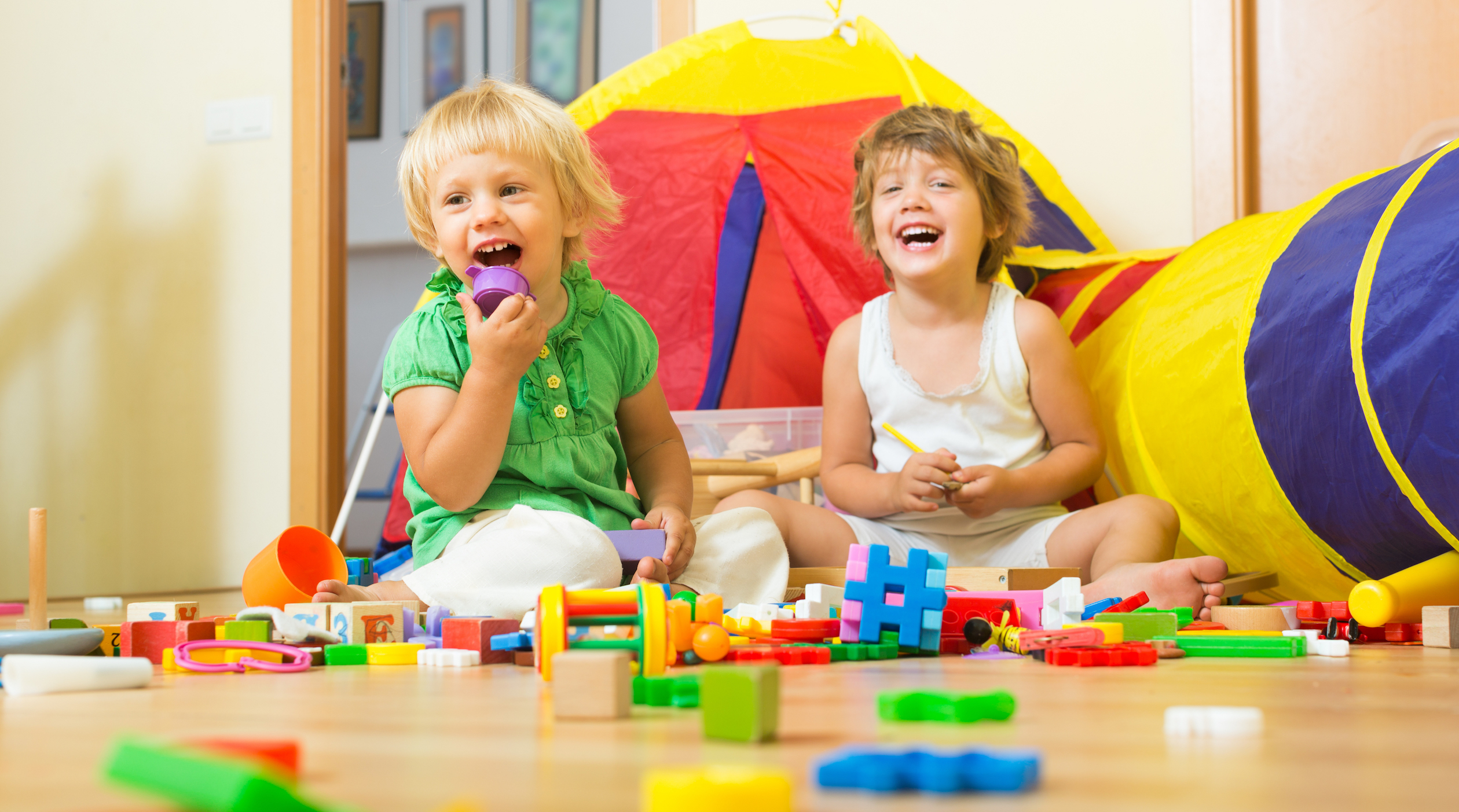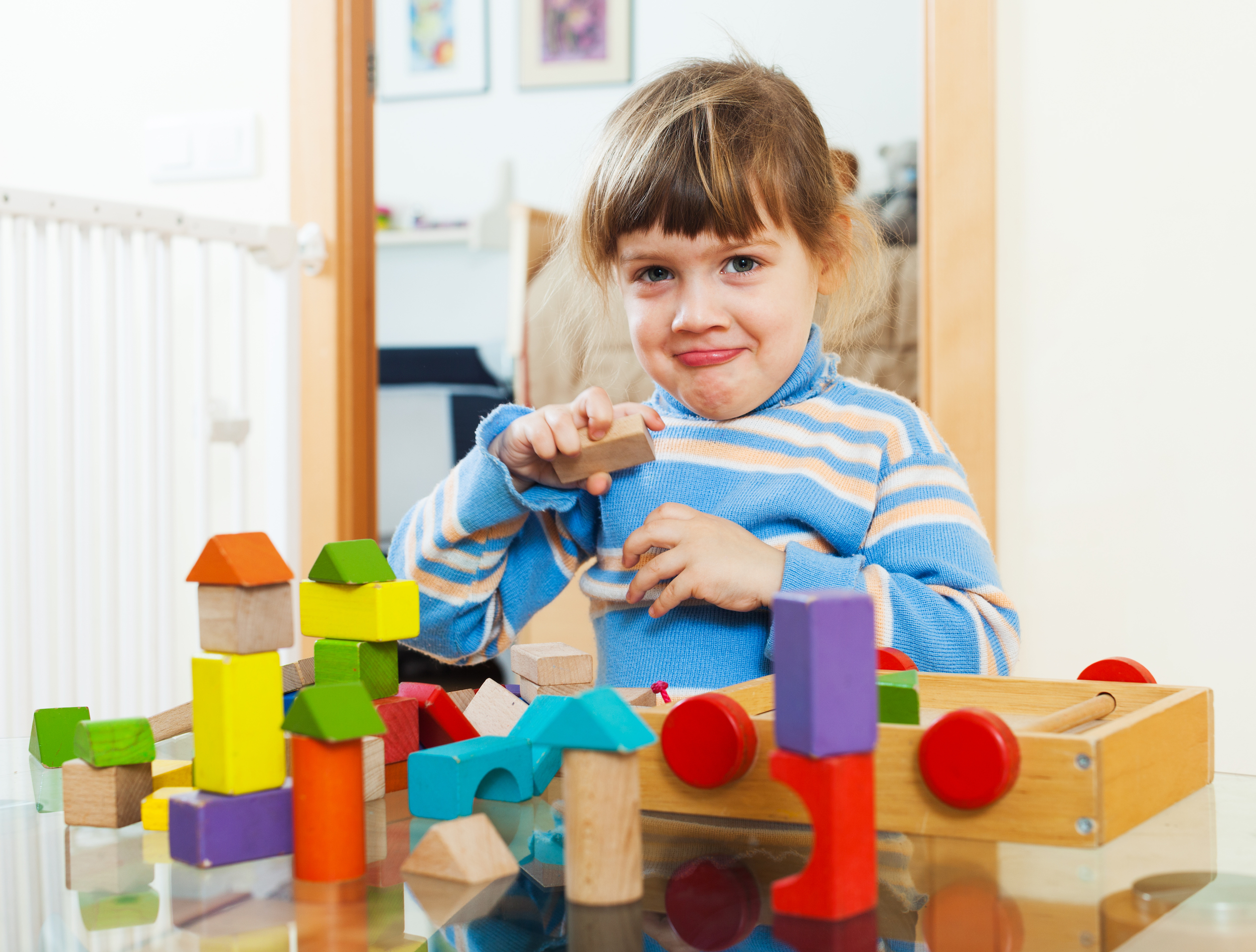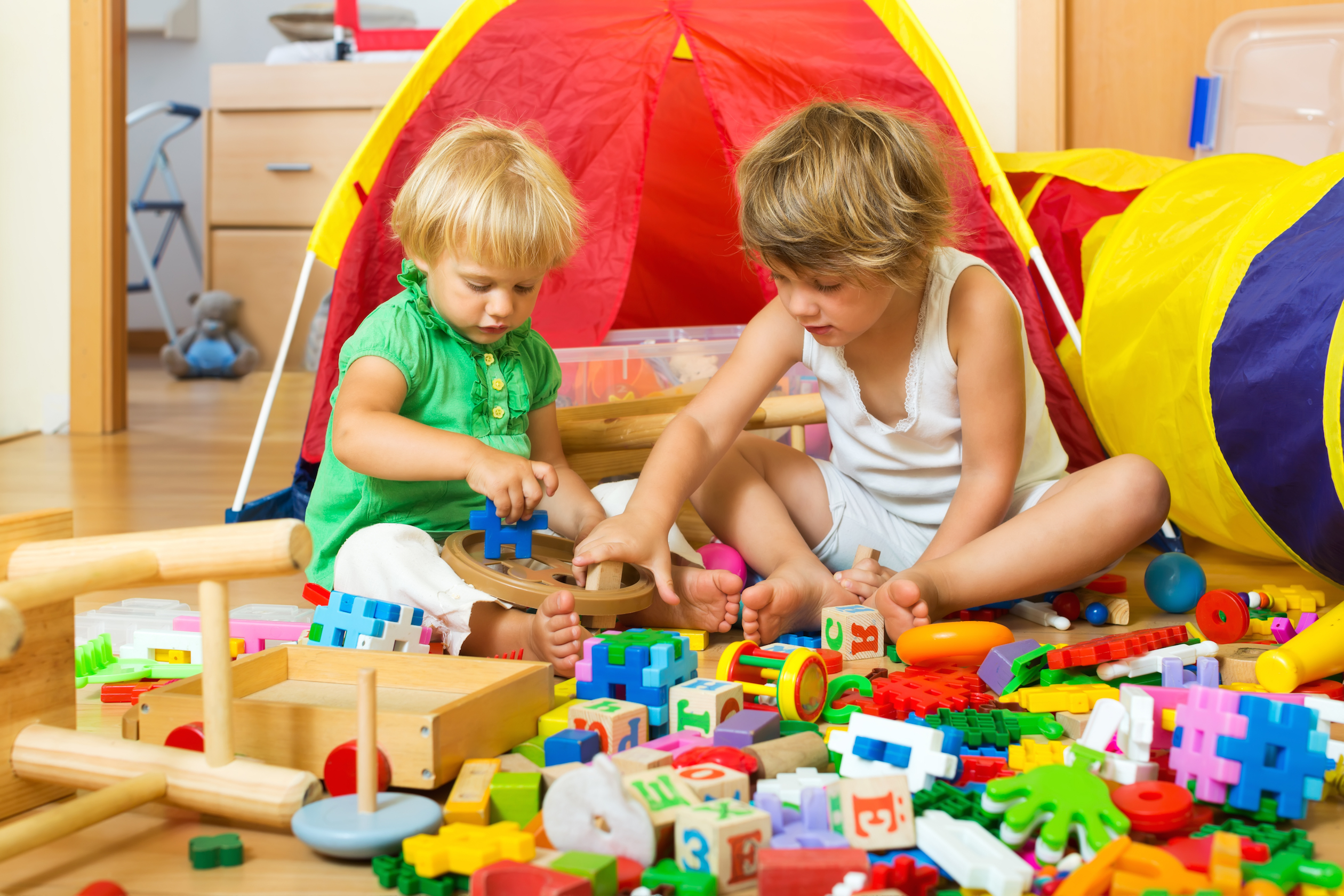KiddieTown offers exciting hands-on programs where kids can learn, build and play with LEGO Bricks. Our speciality LEGO kits and models provide the building blocks for educational play and gives kids an opportunity to explore engineering, math and science. The process of creating autonomous machines that complete useful tasks is what makes LEGO robotics so much fun and our kids LOVE It!!
Bricks are the perfect medium for demonstrating and sharping the skills used in our fast paced business environment and daily lives. Bricks physically represent the building block for unique and targeted exercises specifically designed to flex and grow communication, team building, leadership and organizational skills at all levels.
Skills Children Learn from LEGOs:
Fine Motor Skills : Using LEGO bricks is the perfect opportunity for building fine motor skills! LEGO bricks are a great manipulative to work the fingers as children build and even pick up LEGO pieces. Children love the thrill of building and they can do this for hours, building up strong little muscles in their hands that will help them do other skills such as learn to write.
- Cooperative Play: It’s so easy for LEGO building to turn to a time of imaginary bliss with adventures,construction, animals and even family members. Using LEGO mini figures and bricks with other peers gives children the same skills they would learn in dramatic play.
- A Sense of Accomplishment :When children have finished their amazing work of art, they beam to show their creations. They will make something they are incredibly proud of which is good for their hands as well as good for their heart! Most of the time they come up with an idea in their heads then they begin to piece it together.
- Science: Cause and effect is one of the first science lessons a child learns! It is so fun to watch the thrill that a child has to build a tower as tall as possible. It gets higher and higher soon over their heads. Then they all hold their breath as the super tall tower falls over. Science is the driving component behind all creations that a child has. The foundation of science is to come up with an idea and to prove it practically. LEGOs do this naturally through imagination. A child simply comes up with an idea then develops it.
- Technology: Put simply, technology is using new techniques to accomplish a task. LEGOs teach children to use basic materials to complete a task.
[read more=”Click here to Read More” less=”Read Less”]
- Engineering: This is all over LEGOs! Want to build a bridge? Then you must figure out what it takes to stand up. Children quickly learn that a tower made of a single column quickly falls. By creating a stable base, they open up a new world of possibilities! Soon they will have pyramids or maybe even the Eiffel Tower!
- Creativity : Every LEGO creation is a form of art. A child’s imagination is the only limit! Children become creators with the hundreds of tiny pieces. They can use wheels, shapes, and even “people” figures to build the ideas in their minds. It can be useful, entertaining, or even beneficial.
- Math: Volume, quantity, one to one correspondence, symmetry, patterns, and more all can show up when a child plays with LEGOs or duplo’s. When you give a child a limited number of Legos to complete their entire project, they learn that each one counts.They begin to understand that each and every brick, mini figure, and piece has a value!
Few of our LEGO sets which help in mastering include below kits
Early Simple Machines
Activities are designed to enable students to explore, investigate and solve tasks related to mechanical principles.
Imagination Station
Students will work in groups to construct large scenes for a number of real-world and imaginative topics all while fine-tuning their motor skills.
Simple Machines
Students discover basic physical science concepts such as gears,pulleys,levers and wheels and axles.
Build To Express
Students will be able to build LEGO models featuring working motors and sensors.
We Do Robotics
Students will build a tower crane, an intelligent house, a Ferris wheel and a car using STEM concept learning skills.
Simple & Motorized Mechanisms
Students will build and explore machines and mechanisms, calibrate and capture wind and study gearing mechanisms.
[/read]





